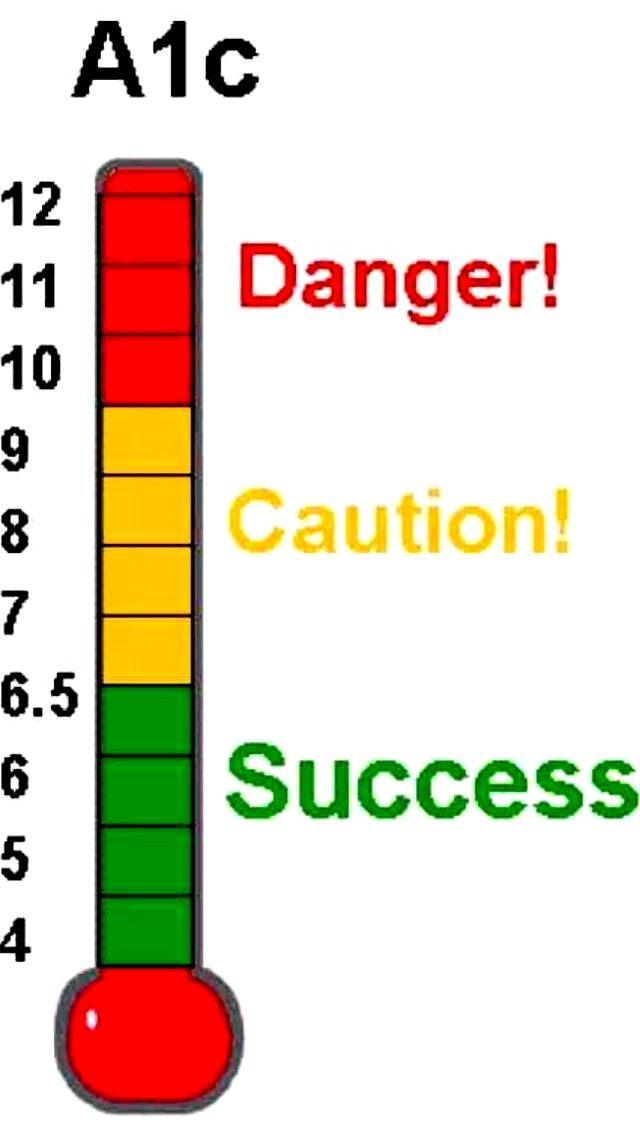Normal A1C levels are crucial for maintaining overall health, particularly for those at risk of diabetes. This article delves into what A1C levels signify, how they are measured, and the implications of abnormal levels on your health. Understanding these metrics can empower individuals to make informed decisions about their health and lifestyle.
In this comprehensive guide, we will explore the significance of A1C levels, factors influencing them, and the lifestyle changes that can help maintain normal levels. Whether you are managing diabetes or simply looking to understand your health better, this article will provide valuable insights.
With the increasing prevalence of diabetes globally, knowing what constitutes normal A1C levels is more important than ever. We will also discuss the relationship between A1C levels and blood sugar, along with recommendations for regular monitoring and management strategies.
Table of Contents
- What is A1C?
- Normal A1C Levels Explained
- How is A1C Measured?
- Factors Affecting A1C Levels
- Implications of Abnormal A1C Levels
- Lifestyle Changes to Maintain Normal A1C Levels
- Monitoring Your A1C Levels
- Conclusion
What is A1C?
A1C, also known as hemoglobin A1C, is a blood test that measures the average blood sugar levels over the past two to three months. It provides a snapshot of how well glucose is being managed in the body. A1C levels are expressed as a percentage, with higher percentages indicating higher average blood sugar levels.
This test is essential for diagnosing and monitoring diabetes. The A1C test is preferred because it does not require fasting and can be done at any time of the day.
Normal A1C Levels Explained
Normal A1C levels typically range from 4% to 5.6%. Here’s a breakdown of the classifications:
- Normal: A1C below 5.7%
- Prediabetes: A1C between 5.7% and 6.4%
- Diabetes: A1C of 6.5% or higher
Maintaining A1C levels within the normal range is vital for preventing the complications associated with diabetes, such as cardiovascular disease, kidney damage, and nerve damage.
How is A1C Measured?
The A1C test is performed in a laboratory and requires a small sample of blood. The results indicate the percentage of hemoglobin that is coated with sugar (glycated hemoglobin). The test is usually repeated every three to six months, depending on the individual's health condition.
Factors Affecting A1C Levels
Several factors can influence A1C levels, including:
- Diet: High sugar and carbohydrate intake can raise A1C levels.
- Physical activity: Regular exercise helps lower blood sugar levels.
- Medications: Certain medications can affect blood sugar management.
- Stress: Chronic stress can lead to elevated blood sugar levels.
- Illness: Infections or illnesses can temporarily raise blood sugar levels.
Impact of Genetics on A1C Levels
Genetic predisposition also plays a role in how an individual's body processes glucose. Family history of diabetes can increase the risk of elevated A1C levels.
Implications of Abnormal A1C Levels
Abnormal A1C levels can have serious health implications. Prediabetes is a warning sign, indicating that an individual is at a higher risk of developing type 2 diabetes. If left unmanaged, prediabetes can progress to diabetes, leading to various complications.
Individuals with diabetes must manage their A1C levels carefully to prevent complications. High A1C levels can lead to complications such as:
- Heart disease
- Kidney disease
- Nerve damage (neuropathy)
- Eye damage (retinopathy)
Lifestyle Changes to Maintain Normal A1C Levels
Implementing lifestyle changes can significantly impact A1C levels. Here are some effective strategies:
- Healthy Diet: Focus on a balanced diet rich in whole grains, fruits, vegetables, lean proteins, and healthy fats.
- Regular Exercise: Aim for at least 150 minutes of moderate-intensity exercise each week.
- Weight Management: Maintaining a healthy weight can help regulate blood sugar levels.
- Stress Management: Techniques such as mindfulness, yoga, or meditation can help manage stress.
- Regular Monitoring: Keep track of blood sugar levels and A1C regularly with the help of a healthcare provider.
Monitoring Your A1C Levels
Regular monitoring of A1C levels is essential for anyone at risk of diabetes or managing diabetes. Consult with a healthcare provider to determine the best monitoring schedule. Individuals should also be aware of the symptoms of high or low blood sugar, which can include:
- Increased thirst
- Frequent urination
- Fatigue
- Blurred vision
Conclusion
Maintaining normal A1C levels is critical for overall health, particularly for those at risk of diabetes. Understanding what A1C levels mean, how they are measured, and the factors that influence them can empower individuals to take charge of their health. Implementing lifestyle changes and regularly monitoring A1C levels can significantly reduce the risk of diabetes and its associated complications.
We encourage you to share your thoughts in the comments below, and do not hesitate to explore other articles on our site to learn more about managing your health effectively.
Thank you for reading, and we look forward to seeing you again soon!




